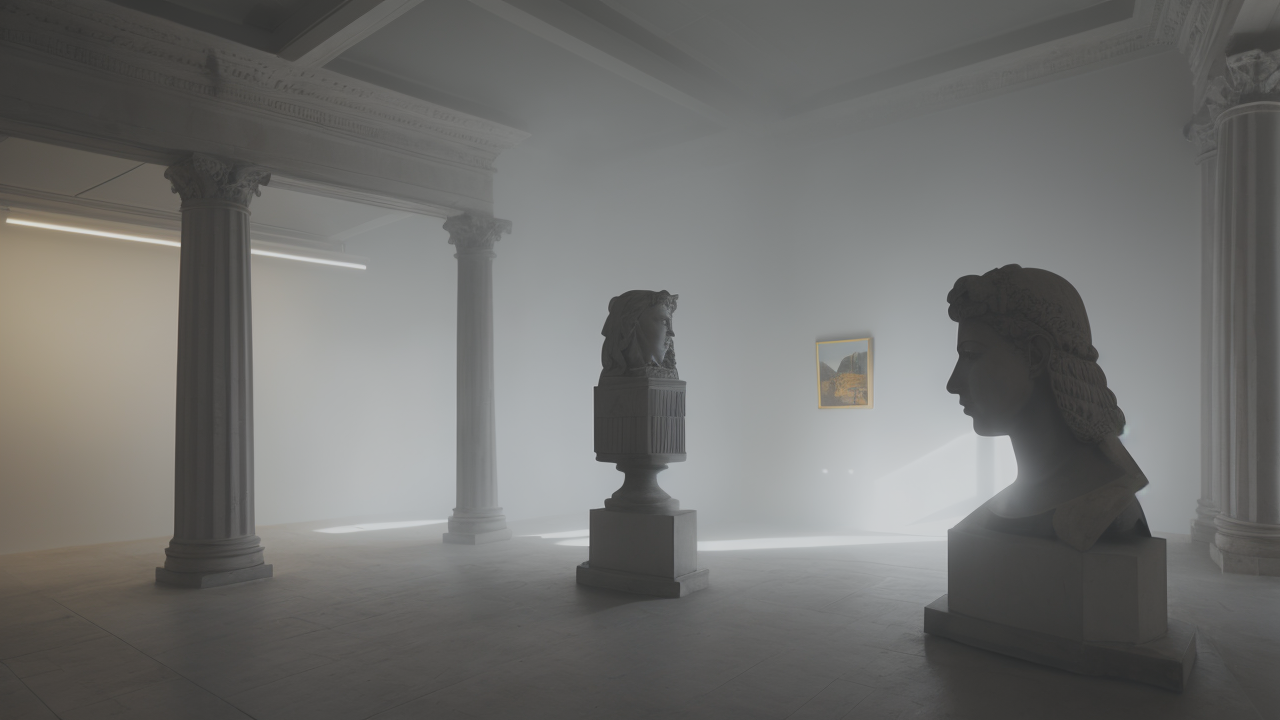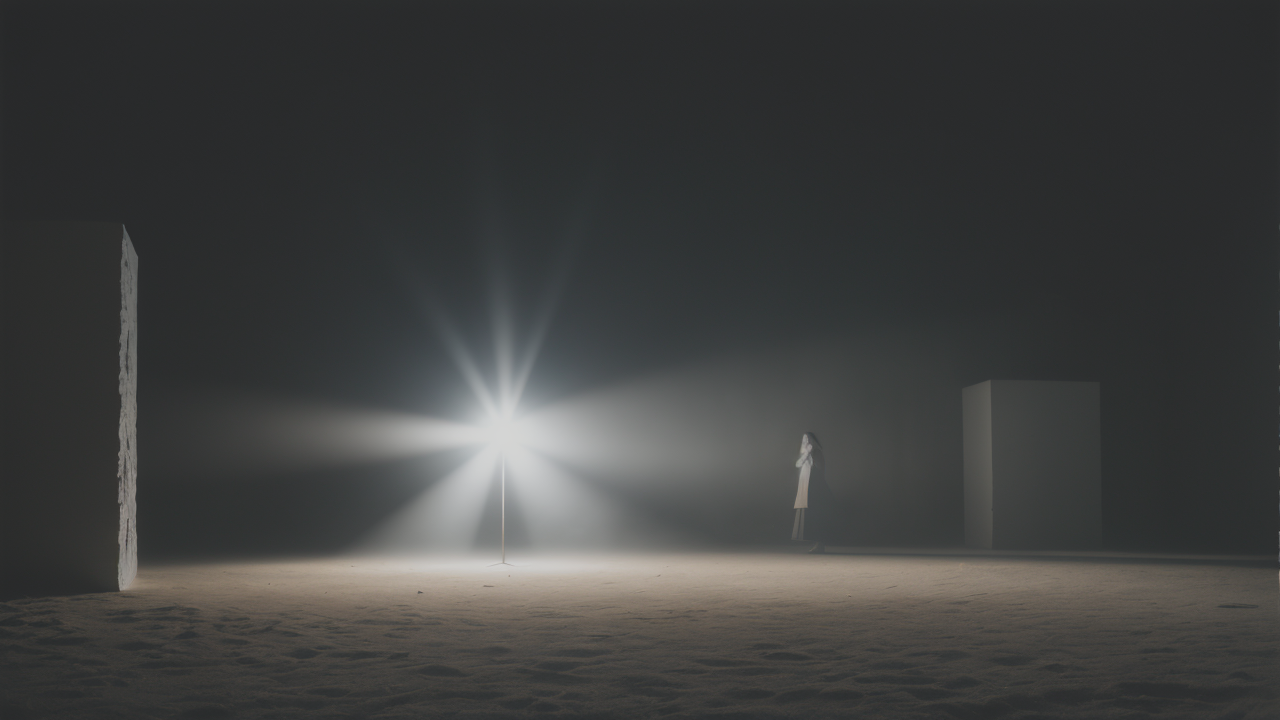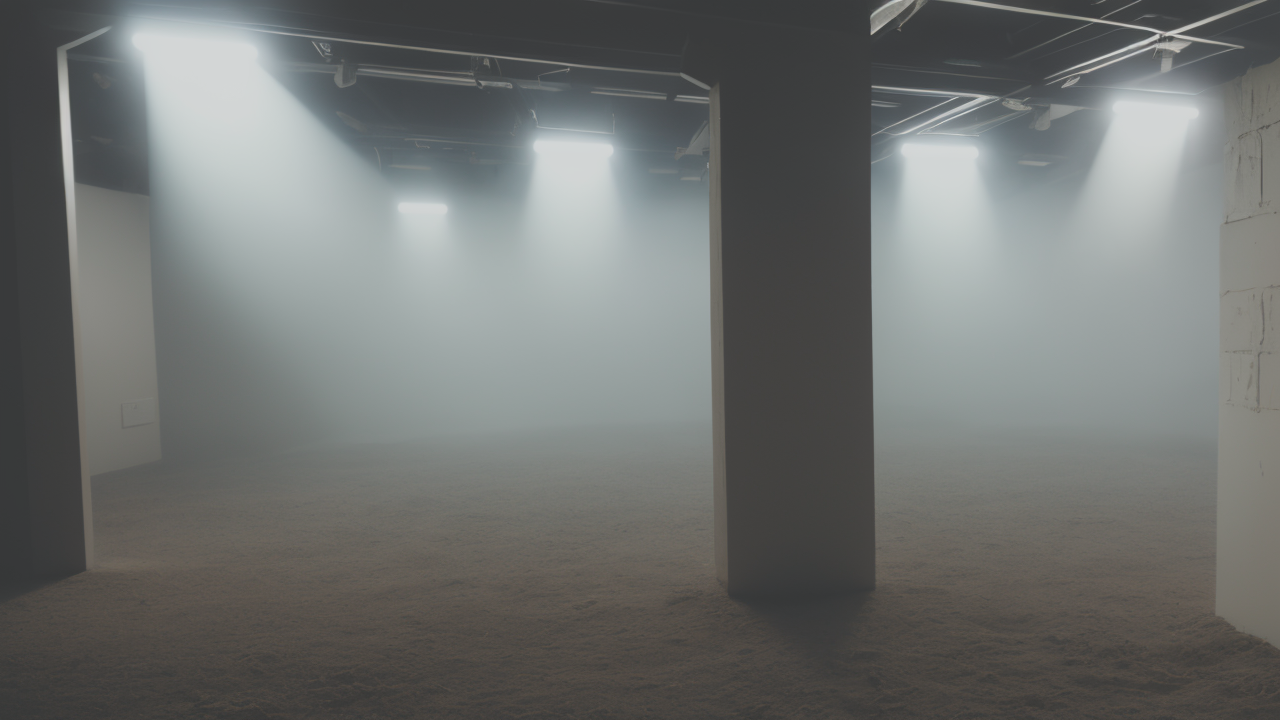
Vibrant Visions: Mastering the Art of Colorful Painting in Modern Spaces
The Evolution of Plaster in Artistic Expression
A Brief History of Plaster in Sculpture
Plaster has been a key material in art for thousands of years. Ancient Egyptians used it to make death masks and tomb sculptures. Greeks and Romans created plaster casts to copy famous works. During the Renaissance, artists like Michelangelo used plaster for initial models. These models helped them plan larger works in marble or bronze.

In the 18th and 19th centuries, plaster became more popular in Europe. Artists used it to make copies of ancient sculptures for museums and art schools. Plaster was also used to create decorative elements in buildings. These included ceiling roses, cornices, and wall panels. The ease of working with plaster made it a favorite for many artists and architects.
The Rise of Plaster in the United States Art Scene
In the United States, plaster gained importance in the late 19th century. American artists began to see its potential beyond just making copies. They started using plaster as a medium in its own right. This shift led to new and exciting forms of art. The World's Columbian Exposition in 1893 showcased many plaster sculptures. This event helped boost the popularity of plaster in American art.
During the Great Depression, plaster became even more important. The Works Progress Administration (WPA) funded many public art projects. These often used plaster because it was cheap and easy to work with. This period saw a boom in plaster murals and sculptures across the country. Many artists got their start working with plaster during this time.
Advances in Plaster Materials and Techniques
Today, plaster has evolved far beyond its traditional uses. New types of plaster offer better strength and durability. Some can even resist water and weathering. This makes plaster suitable for outdoor art and installations. Artists can now create large, complex works that last for years. Modern plastics can be mixed into plaster to make it stronger and lighter.
Digital technology has also changed how artists work with plaster. 3D printing allows for precise plaster models. These can be used to plan larger works or as final pieces themselves. Computer-controlled milling machines can carve plaster with great detail. This opens up new possibilities for sculpture and relief work. Artists are also experimenting with adding materials like fiber or metal to plaster.
Innovative Artistic Techniques Using Plaster
Exploring the Popularity of Plaster in Installation Art
Plaster has become a favorite material for installation artists. Its ability to take any shape makes it perfect for creating immersive spaces. Artists can mold plaster into organic forms or precise geometric shapes. This versatility allows for a wide range of artistic expression. Plaster can be smooth and sleek or rough and textured. This gives artists many options for creating different moods and feelings.

Many installation artists use plaster to play with light and shadow. The white surface of plaster reflects light in interesting ways. This can create dramatic effects in a space. Some artists combine plaster with other materials like wood or metal. This mix of textures adds depth to their installations. Plaster can also be painted or stained to add color to a piece.
The Role of Plaster in Digital and Interactive Media
The digital age has brought new life to plaster art. Artists now combine traditional plaster techniques with technology. This fusion creates interactive and dynamic artworks. For example, some artists project videos onto plaster surfaces. This adds movement and changing visuals to static sculptures. Others use sensors to make plaster works respond to viewers' movements.
3D scanning technology allows artists to capture plaster forms digitally. They can then manipulate these scans on a computer. The altered designs can be 3D printed or carved back into plaster. This process blends digital and physical art in new ways. Some artists are even experimenting with embedding electronics in plaster. This creates sculptures that can light up, make sounds, or move.
Plaster Art in Public Spaces: A New Trend
Plaster art is becoming more common in public spaces. Cities and towns are commissioning plaster works for parks and buildings. These pieces often reflect local culture or history. Plaster's low cost makes it a good choice for public art projects. It allows for large, impressive works without a huge budget. Plaster can also be easily shaped to fit specific spaces.
Public plaster art takes many forms. It might be a large sculpture in a park or a relief on a building wall. Some artists create temporary installations that change over time. These works often encourage public interaction. People might be invited to touch or even modify the plaster. This hands-on approach helps engage the community with art in new ways.
The Economic Impact of Plaster in the Art Market
Understanding the Market Dynamics for Plaster Art Pieces
The art market for plaster works has grown in recent years. Collectors are showing more interest in both new and historical plaster pieces. This has led to higher prices for plaster art at auctions and galleries. Several factors are driving this trend. There's a growing appreciation for plaster's unique qualities. Collectors also value its role in art history.

Museums are giving more attention to plaster works in their collections. This includes both finished sculptures and artists' studies. These pieces offer insights into how famous works were created. As a result, even preliminary plaster models can fetch high prices. The market for contemporary plaster art is also expanding. Innovative uses of plaster are attracting new collectors.
How Plaster is Shaping the Future of Art Collecting
Plaster is changing how people collect and think about art. Its lower cost compared to bronze or marble makes it more accessible. This allows more people to start collecting sculpture. New collectors often begin with plaster pieces before moving to other materials. This is bringing fresh energy and diversity to the art market. It's also encouraging artists to experiment more with plaster.
The durability of modern plaster is changing old perceptions. Improved materials mean plaster works can last for decades. This has increased confidence in collecting plaster art. Institutions are more willing to acquire and display plaster pieces. As a result, we're seeing a wider range of plaster works in collections. This trend is likely to continue, shaping the future of art collecting.
The Environmental and Economic Advantages of Using Plaster
Plaster offers several benefits for artists and the environment. It requires less energy to produce than materials like bronze or stone. This makes it a more eco-friendly choice for sculpture. Plaster is also easy to recycle or repurpose. Artists can melt down old works to create new ones. This reduces waste in the artistic process.
Economically, plaster allows artists to create on a larger scale. Its low cost means they can experiment without breaking the bank. This is especially important for new or emerging artists. Public art projects often choose plaster for its affordability. This allows communities to invest in more art. Schools and workshops also use plaster because it's safe and easy to work with.


